Geigenschule
for Children in Individualised and Group Teaching
-
Ships in 3 to 4 weeks
Details
Description
SKU: BR.DV-30073
For Children in Individualised and Group Teaching. Composed by Eva-Maria Neumann. Solo instruments; Softbound. Deutscher Verlag.The further you go, the more exciting it gets
In Book 2 the focus is on the various types of fingerings and bowings, shifts of position, playing on two strings at the same time and changing strings.
Music pedagogy. Score. 152 pages. Deutscher Verlag fur Musik #DV 30073. Published by Deutscher Verlag fur Musik (BR.DV-30073).ISBN 9790200405606. 9 x 12 inches. German.
The further you go, the more exciting it gets
Dear Students, the further you go, the most exciting it gets, says Eva-Maria Neumann about violin playing. And the second book of her violin method continues to meet the expectations raised by Book 1 and to satisfy all who enthusiastically greeted this first book. The online magazine Glarean showered it with praise: To increase the motivation, Neumann mostly left out exercises - once so hated - and consistently set her sights on the two-part playing of very melodious, songful material. Outwardly, the book has a fresh, merry and colorful look, and the music text is not marred by an overabundance of illustrations.
We are delighted to quote this positive assessment of Book 2. Here the focus is on the various types of fingerings and bowings, shifts of position, playing on two strings at the same time and changing strings. In addition to her own pieces, the author offers a great variety of material (duets, trios) from the 18th, 19th and 20th centuries. Amusing riddles add to the fun!
Chillida. Sein Werk und einige seiner Ideen waren wahrend des Kompositionsprozesses prasent.
In Elogio del horizonte (das ist auch der Titel eines der Werke Chillidas) werden in musikalischer und poetischer Art verschiedene Wege durch die Horizontlinie vorgeschlagen um diese als Grenze zu sehen und auch als Moglichkeit daruber hinaus zu schauen. Die Komposition nahert sich diesen Grenzen und beruhrt die Art sie zu uberschreiten. Diese Grenzen werden musikalisch durch verschiedene Materialien dargestellt Materialien die die Grenze des Horbaren uberschreiten Materialien deren Geschwindigkeit als unmoglich wahrgenommen werden konnte oder Grenzen der Wahrnehmung die der Ubersattigung durch Information entstammen ... und schliesslich auch Grenzen die im Raum dargestellt werden: Grenzen des Konzertsaals maximale Verbreitung der Klangquellen im Raum die mit vier Instrumentalisten (zwei Duos) als Echo agieren: zwei Klarinetten sind links und rechts auf dem Rand der Buhne platziert und zwei Streicher (Violine und Bratsche) erklingen von oben aus der Ferne. Die Grenzen werden von allen vier Intrumentalisten signalisiert und die Solo-Klarinette stellt im Zentrum den Zentralpunkt dar von denen sie mit den Grenzen der Architektur spielt. Von hier aus lasst sich diese Horizontlinie wahrnehmen.
Das Stuck ist dem Klarinettisten Joan-Enric Lluna gewidmet. Es war ein.
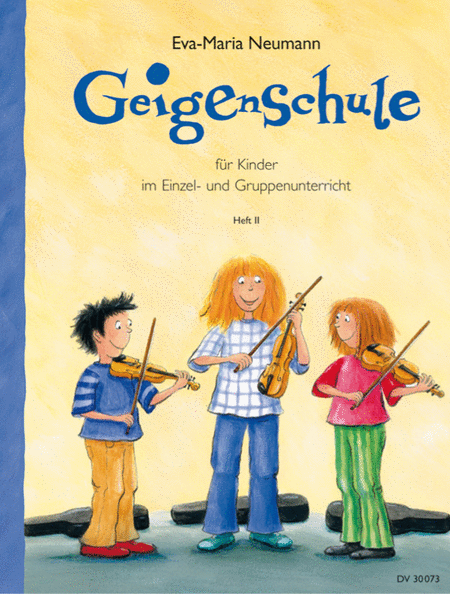
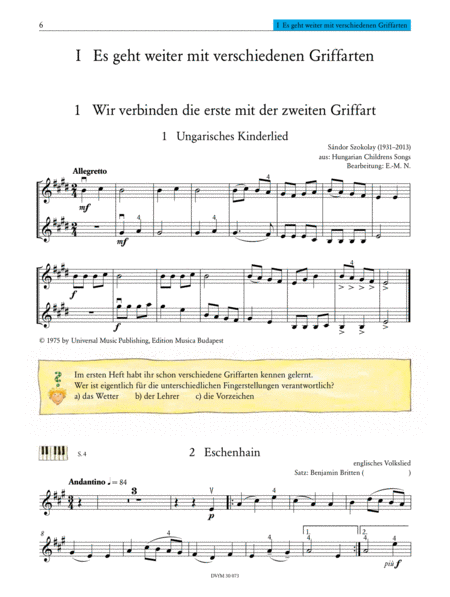
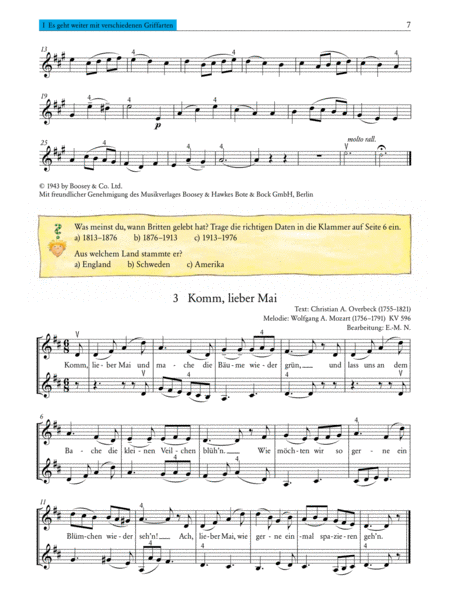
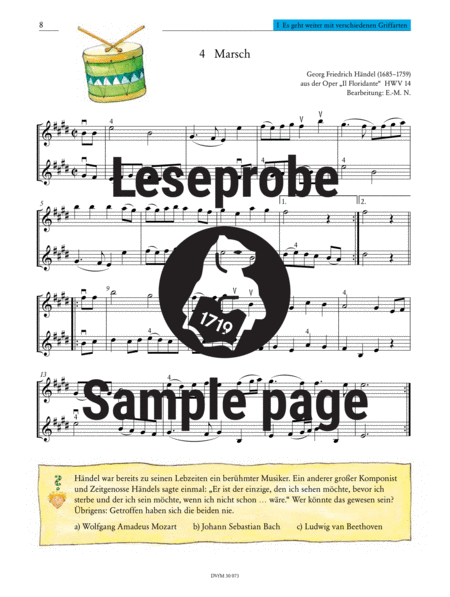
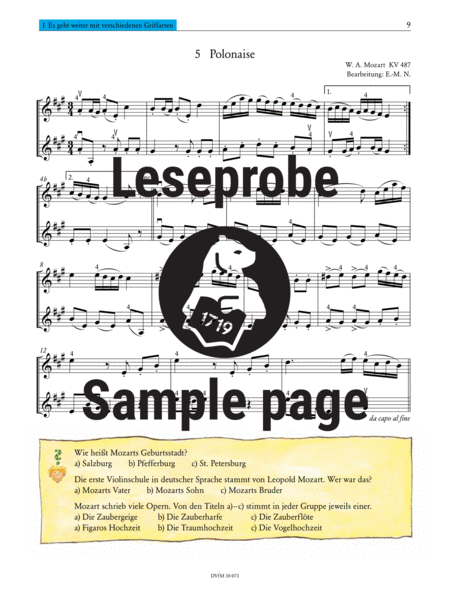
 Share
Share